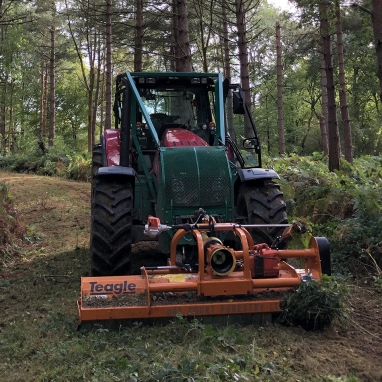
Masters of Magic, Fear and Confusion
Surely of all the welcome Spring arrivals to the British countryside, none is so complex, so fascinating, so awe inspiring and so divisive as the Cuckoo. Their distinctive two tone call may not be as common as it once was, but fortunately these majestic birds are not too difficult to find. They lend their name to flowers (Cuckoo Flower and Cuckoos Pint), insect homes (Cuckoos Spit) and insects themselves (Cuckoo Bee). All named either for their own parasitic behaviour, or their appearance at the same time in Spring as the Cuckoos call is heard.
We all know about the Cuckoos migratory behaviour. The birds spend winter in Africa before flying to Britain to breed in the Spring and early Summer. Since they parasitise nests and trick others into raising their young, the adults are free to return to Africa far sooner than other migrants, with some males leaving in early June.
However, simply saying that the Cuckoo is a parasite does not do this marvel of evolution justice. Female Cuckoos sit and watch for suitable species in whose nest to lay their eggs. Once one is found, the uncanny resemblance of the Cuckoo to a Sparrowhawk helps the female scare the victim birds away and allows time for the cuckoo to either eat or destroy their clutch of eggs. She will then keep watch on this nest and wait until a new clutch is laid (she now knows when they will hatch), and once complete she swoops in again and removes one egg and replaces it with her own.
But the trouble here for the Cuckoo is how to guarantee that her egg hatches first? Well, she has already made sure she knows when the victims’ eggs were laid, so now all she must do is make sure her egg hatches faster than theirs. She does this by preincubating her egg inside her body before she lays it. By so doing she ensures her chick hatches first. Once it does hatch, the chick has another miracle of evolution.
Each chick has a perfect cup in its back which they can balance the victims’ eggs and lift them out of the nest. Each Cuckoo chick has an incredibly brightly coloured gape and loud call which stimulate the surrogate parents to work ever harden to feed their increasingly gargantuan nest parasite. After around twenty days the cuckoo chick is too large to fit in the nest anymore and is forced to leave. However, the parents continue to feed the chick for approximately another two week (around a month in total). These chicks then soon leave and fly to Africa having never seen an adult Cuckoo and with no guidance about the route. And yet they all follow the same route? How?
I could wax lyrical about these amazing birds for pages and pages. But instead, I would whole heartedly recommend reading Cuckoo: Cheating by Nature, written by Nick Davis. It is a stunning read. Or perhaps look at the BTO cuckoo tracking project. But whatever you do, please do not look down on this oft-maligned bird. A marvel of evolution and a true biological wonder.

Latest news
